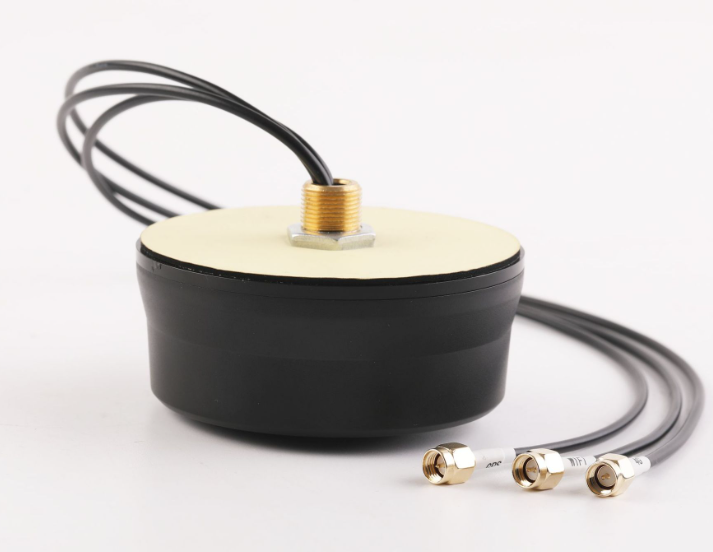Choose gps antennas (choose GPS antennas to understand the importance of antenna performance and applicable scenarios)
With the popularity of Global Positioning system (GPS) technology, GPS antennas are more and more widely used in various fields. From automobile navigation, UAV flight to scientific research, GPS antennas play an indispensable role. In the selection and purchase of GPS antennas, it is very important to understand the performance of the antenna, applicable scenarios and key parameters. This article will introduce you in detail how to choose a suitable GPS antenna.
Types of GPS antennas
1. Spiral antenna: suitable for handheld devices and mobile applications, with the advantages of small size and light weight.
2. Plate antenna: suitable for vehicle and fixed position equipment, stable performance and good receiving effect.
3. Ceramic antenna: suitable for high-end applications, such as aerospace and precision measurement, with high precision and high stability.
Key factors in the selection of GPS Antenna
1. Frequency range: make sure that the frequency range of the selected GPS antenna meets your application requirements. The wider the frequency range, the better the antenna performance.
2. Gain: the gain indicates the ability of the antenna to receive the signal. In areas or applications where the signal is weak, it is necessary to choose an antenna with a higher gain.
3. Polarization mode: the GPS signal is vertically polarized, so the GPS antenna should be vertically polarized or circularly polarized.
4. Axis ratio (AR): for circularly polarized antenna, axis ratio is an important index to measure its circular polarization performance. The smaller the axis ratio is, the better the circular polarization performance is.
5. Impedance matching: ensure that the impedance of the antenna matches the receiver to get the best performance. the common impedance value is 50 ohms.
6. Environmental adaptability: considering the environment of the antenna, such as temperature, humidity, wind and other factors, choose the antenna with better environmental adaptability.
Steps to choose and purchase GPS antennas
1. Identify the requirements: first, identify your application requirements, such as device type, usage scenario, etc.
2. Market research: learn about the performance, price and applicable scenarios of various GPS antennas.
3. Comparison parameters: according to the demand, compare the key parameters of different products, such as frequency range, gain and so on.
4. Choose brands: choose well-known brands to ensure product quality and after-sales service.
5. Actual testing: actual testing should be carried out as far as possible before purchase to evaluate the performance of the antenna.
Suggestions on the selection and purchase of GPS Antenna in different Application scenarios
1. Automobile navigation: choose flat panel antenna or spiral antenna, which has stable performance and good receiving effect.
2. UAV flight: choose a small and lightweight spiral antenna to meet the weight requirements of flight equipment.
3. Scientific research: according to the specific research needs, choose high-performance ceramic antennas or other special types of antennas.
4. Outdoor exploration: choose the GPS antenna with waterproof and shockproof function to adapt to the harsh environmental conditions.
Matters needing attention
1. Don't be cheap and choose GPS antennas with unreliable quality, so as not to affect the positioning accuracy or even damage the equipment.
2. Do not blindly pursue high performance, but choose a suitable GPS antenna according to the actual demand.
3. Before purchasing, it is important to understand the detailed parameters and performance of the product to ensure that the application requirements are met.
4. For special application scenarios, such as high temperature and high humidity environment, antennas with corresponding environmental adaptability should be selected.
The selection and purchase of a suitable GPS antenna is the key to ensure the positioning accuracy and performance of the equipment. In the process of selection and purchase, we should understand the performance, applicable scenarios and key parameters of various GPS antennas, choose and purchase according to the actual needs, pay attention to the selection of well-known brands and practical tests to ensure the purchase of satisfactory GPS antennas. I hope that through the introduction of this article, we can help you better choose and purchase GPS antennas.





